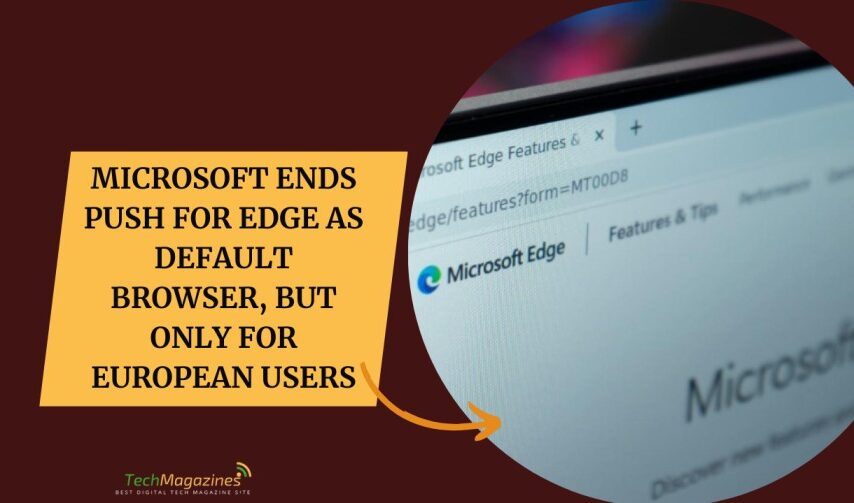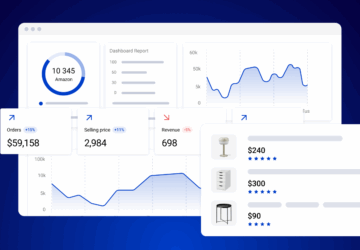Microsoft keeps pushing Edge like a man desperate to sell a car no one wants. It’s tiresome. But now, there’s a break—though only for folks in Europe. The pestering stops there. The Windows Insider Program says it’s part of Microsoft’s effort to follow the rules of the Digital Markets Act. So now they’re changing some things in Windows 10 and 11.
The biggest shift? Edge. Windows won’t bother you to make it your default browser—unless you go looking for it yourself. That’s the good part. The bad part is it’s just for the European Economic Area: the EU, Iceland, Liechtenstein, and Norway. The change is already in place there. It started with Edge version 137.0.3296.52, which came out on May 29.
Microsoft’s Persistent Edge Campaign Faces New Restrictions
Microsoft has pushed the line for a long time—some say they crossed it—nagging folks to make Edge their browser. The ads come up full screen, loud and bold, even when Edge isn’t open. The “Confirm” button is big. The way out is small and hard to see. They’ve played dirty, too. In Windows 11, they made it tough to stop using Edge.
When someone tried to switch, Microsoft put up roadblocks. There was a tool that sent all Edge links to Edge. Microsoft killed it. And when people tried to get Chrome through Edge, Microsoft mocked them. Said Chrome was “so 2008.” Said it like a joke. But it wasn’t funny.
New Browser Freedom and File Handling Updates Coming Soon
Other changes are coming, too. Simple ones. Clear. Windows will now let more links and file types—like “read,” ftp, and .svg—open in the browser you choose. If you set a default browser, it gets pinned to the Taskbar. This starts in July for Windows 10 and 11.
Later this year, people in the EEA can uninstall the Microsoft Store. But the apps they got from it will still get updates. They’ll stay safe. They’ll stay current. Microsoft is also opening up web search. Other apps can now give results in Windows Search. You can pick which one comes first. You can move them around to suit you. These search changes come in early June.
Conclusion
After years of Microsoft’s browser crusade, at least Europeans can now browse in peace without Edge’s desperate pop up pleas. The victory for user choice is a small one, but one that needed regulatory intervention to achieve. Essentially, the Digital Markets Act has forced Microsoft to back off from its aggressive tactics, no more full screen nagging, no more making Chrome users feel like they’re stuck in a digital time warp. For the rest of the world, the browser wars are still going on, with Microsoft still playing the overeager salesperson no one asked for.
Even if the changes to file handling and search options are limited to geographies, they’re welcome improvements. Maybe other regions will adopt Europe’s lead or maybe Microsoft will eventually come to the conclusion that forcing a browser down users’ throats is not the way to genuine adoption.







